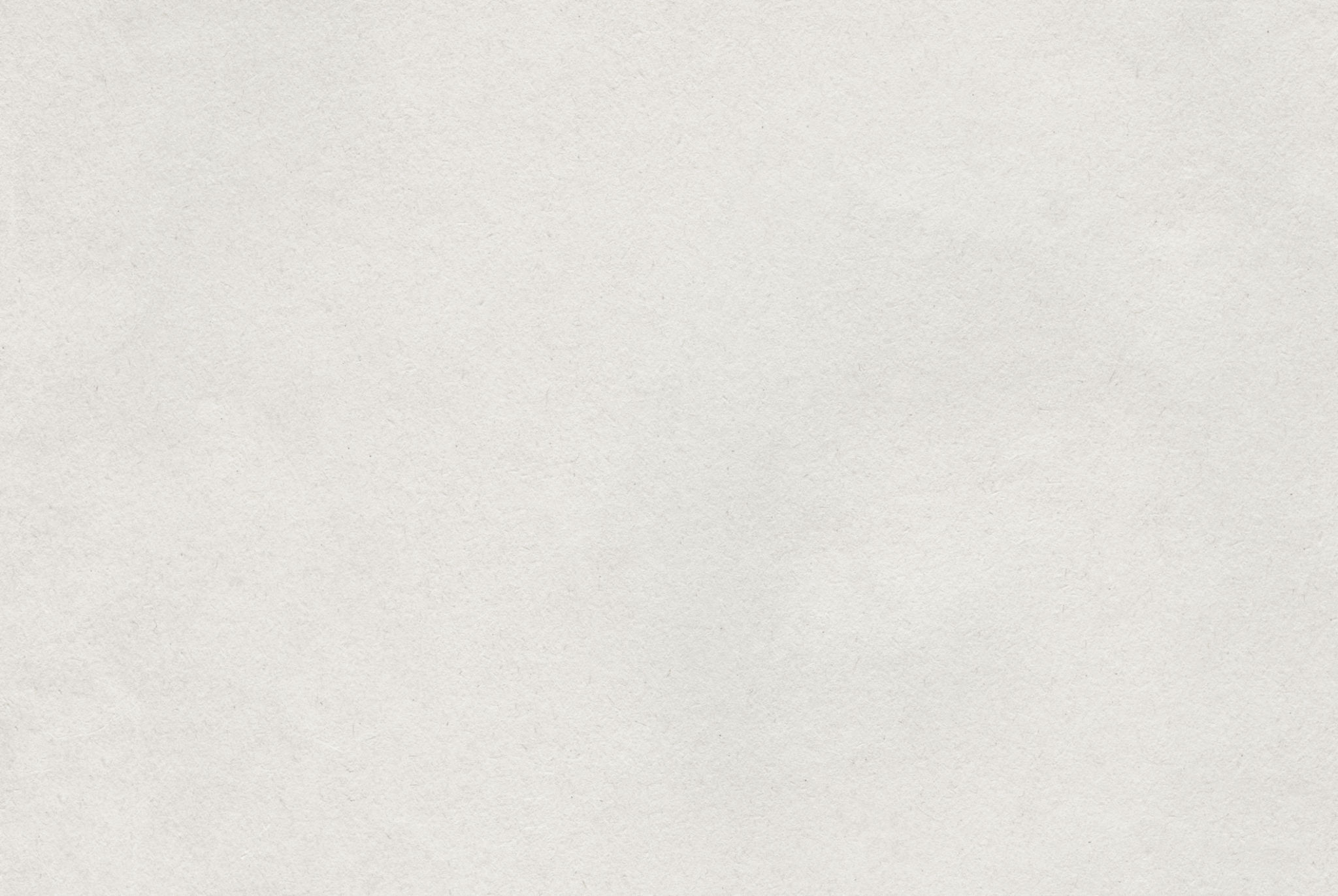Common Mistakes to Avoid During Wallpaper Installation
Understanding the Importance of Proper Preparation
When it comes to wallpaper installation, preparation is key. Many people underestimate the importance of preparing their walls properly before applying wallpaper. Failing to do so can result in unsightly bubbles, wrinkles, and edges that peel away from the wall. Proper preparation involves cleaning the walls thoroughly and ensuring they are smooth and dry.
One of the most common mistakes is skipping the primer stage. Applying a primer ensures that the wallpaper adheres properly to the wall. Additionally, it prevents moisture from causing the wallpaper to warp or peel over time. It's essential to choose the right primer for your wall type.

Measuring and Cutting Accurately
Another frequent error during wallpaper installation is inaccurate measuring and cutting. To achieve a seamless look, it’s crucial to measure your walls carefully and cut your wallpaper with precision. If measurements are off, you may end up with mismatched patterns and wasted materials.
Start by measuring the height and width of your walls, taking into account any doors or windows. Use these measurements to cut your wallpaper panels, ensuring they are slightly longer than the wall height to allow for trimming at the top and bottom. Always use a sharp blade or scissors for clean cuts.
Avoiding Pattern Mismatches
Pattern mismatch is another common pitfall. When dealing with patterned wallpaper, it's important to match patterns accurately across panels. Begin by identifying where the pattern repeats and align the edges accordingly. This will help you achieve a consistent look throughout the room.

Applying Adhesive Correctly
Using the wrong adhesive or applying it incorrectly is another usual misstep. Different wallpapers require specific types of adhesive, so be sure to follow the manufacturer's instructions. Applying adhesive unevenly can cause bubbles or wrinkles, which are difficult to fix once the wallpaper is on the wall.
When applying adhesive, ensure it is spread evenly across the back of the wallpaper. Use a brush or roller for larger surfaces and pay special attention to the edges, as these tend to peel more easily. Allow the adhesive to activate for the recommended time before applying the paper to the wall.
Smoothing Out Bubbles and Wrinkles
Even with careful preparation and application, bubbles and wrinkles can still occur. It’s important not to panic if you encounter them. These issues are often caused by trapped air or excess adhesive beneath the wallpaper.
To fix small bubbles, gently lift the wallpaper from the bottom and smooth out the air towards the edges with a smoothing tool. For larger bubbles or wrinkles, you may need to peel back more of the paper and reapply it carefully. Always work from top to bottom and center to edges for best results.

Paying Attention to Finishing Touches
The final stage of wallpaper installation involves trimming excess paper and ensuring a clean finish around edges and corners. Use a straight edge and sharp blade for precise trimming. Pay close attention to corners, as poorly finished corners can detract from an otherwise smooth installation.
Finally, inspect your work for any imperfections or loose edges. Address these immediately by pressing them down or reapplying adhesive if necessary. Taking time with these finishing touches will ensure that your wallpaper looks professional and lasts for years to come.
